Release of results of cost-benefit analysis for USAID/Ethiopia interventions
College Park, MD–8/5/2013 — The LEAP team conducted cost-benefit analyses (CBAs) of four agriculture-related projects in Ethiopia to assess the beneficiary, social, and financial outcomes of the following interventions: Agribusiness and Market Development (AMD), the Livestock Growth Project (LGP), Pastoralists Resiliency Improvement and Market Expansion Project (PRIME), and Graduation with Resilience to Achieve Sustainable Development Project (GRAD). At their core, these projects share the goal of reducing poverty and hunger by increasing the income of targeted households and stimulating sustainable economic growth.
The projects have different approaches to accomplish their collective goal. AMD seeks to reduce poverty and hunger by improving the efficiency and competitiveness of value chains. The project is expected to enhance opportunities for better jobs and higher income for rural households in Ethiopia. LGP aims to reduce hunger by targeting Ethiopia’s livestock value chains in selected districts within four Ethiopian regions. The project seeks to create jobs and increase the incomes of rural households by targeting the following value chains: dairy, meat and live animals, hides, skins, and leather. Additionally, PRIME will work to improve the resiliency and adaptive capacity of pastoral communities to weather shocks through market expansion.1 The project will be executed in the agro-pastoral districts of the Somali, Afar, and Oromia regions. GRAD works to sustain food security for chronically food-insecure households in Ethiopia. Focusing on the five value chains of dairy, honey, meat, pulses, and vegetables, the project will work with approximately 65,000 food-insecure households, will attempt to “graduate” 50,000 from safety-net project support, and will help increase each household’s yearly income by $365 at the end of the 5-year project.
Through interviewing stakeholders, private experts, research institutes, and households,2 the team collected extensive primary data, which were used to construct CBA models of the proposed interventions.3 These models included economic conversion factors to adjust for market distortions that were present in the economy of Ethiopia. The CBA models can also be adjusted in order to predict the outcomes of the interventions in different regions of Ethiopia depending on the varying climatic conditions.4
The team determined that the PRIME project had the highest cost benefit of the projects, although the project was at an early stage and not all of its interventions were analyzed.
To view the full report, please click here
*********************************************************************
Optimal Solutions Group, LLC
Founded in 2000, Optimal Solutions Group, LLC is a nonpartisan public policy research and technical assistance firm that stands out for its quantitative expertise and innovative approaches to provide rigorous, data-driven research and technical assistance to government agencies, corporations, nonprofit organizations, and philanthropic foundations. Located at the University of Maryland’s M Square Research Park in College Park, Optimal is a leader in driving real-time public policy research. Optimal has 60+ employees, including multidisciplinary researchers with backgrounds in business, communication, economics, education, health policy, psychology, public policy, sociology, statistics, and urban planning. Optimal has four research centers: Health, Education, Housing, and Workforce Development and Social Policy.
1 USAID Ethiopia Cost-Benefits Analysis of Selected Value Chains of Agricultural Projects in Ethiopia
2 Ibid.
3 Ibid.
4 Ibid.

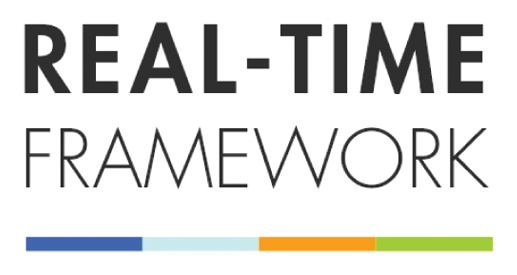
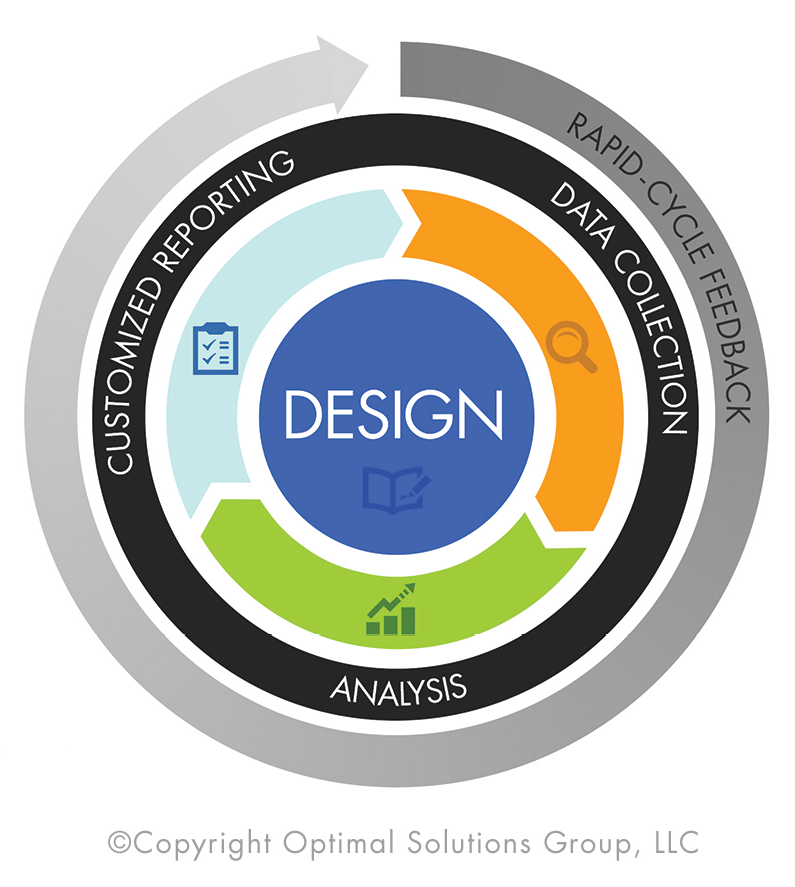
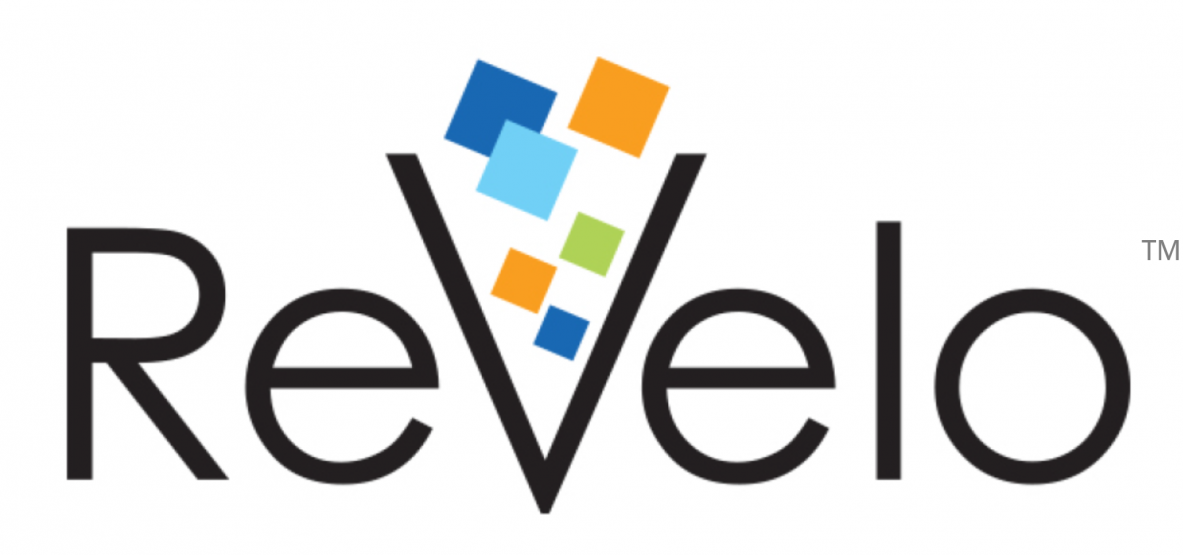


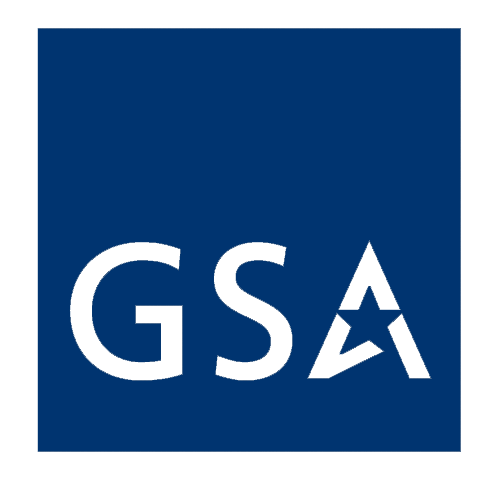

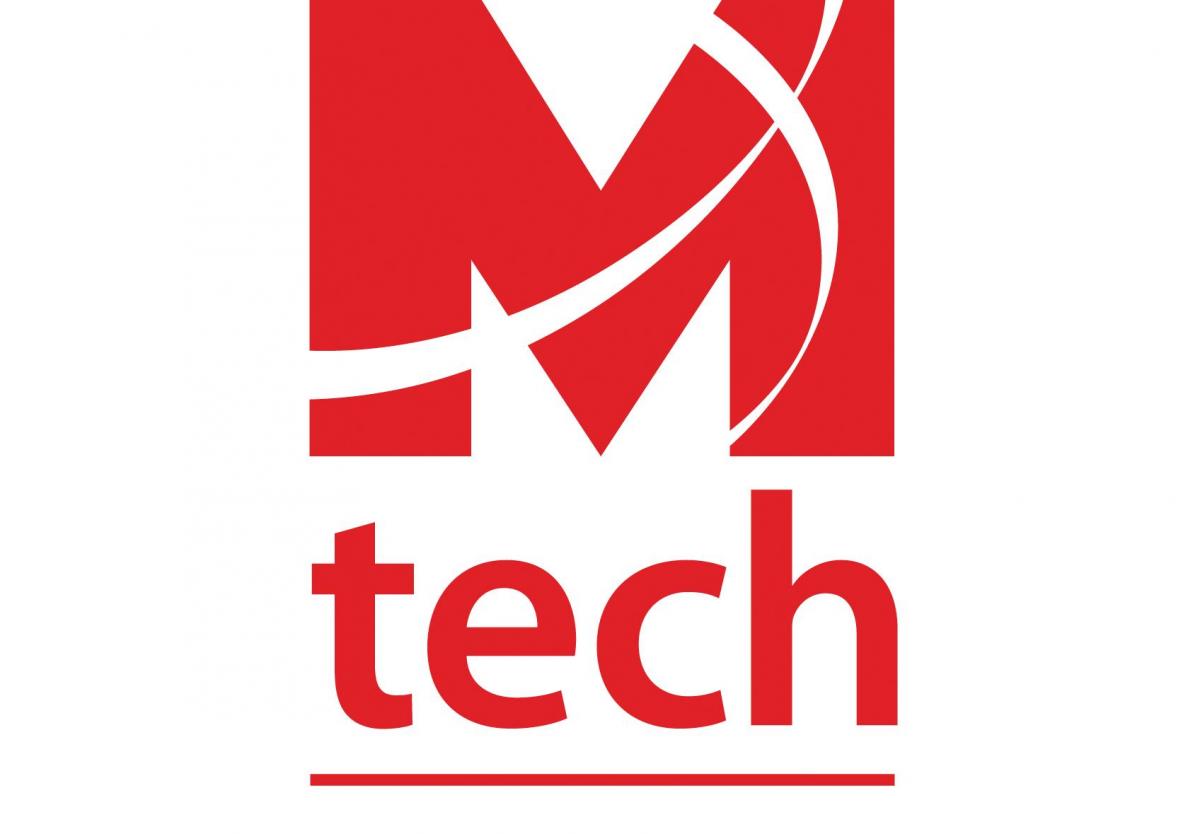



Connect with us Facebook
Facebook  Twitter
Twitter  LinkedIn
LinkedIn